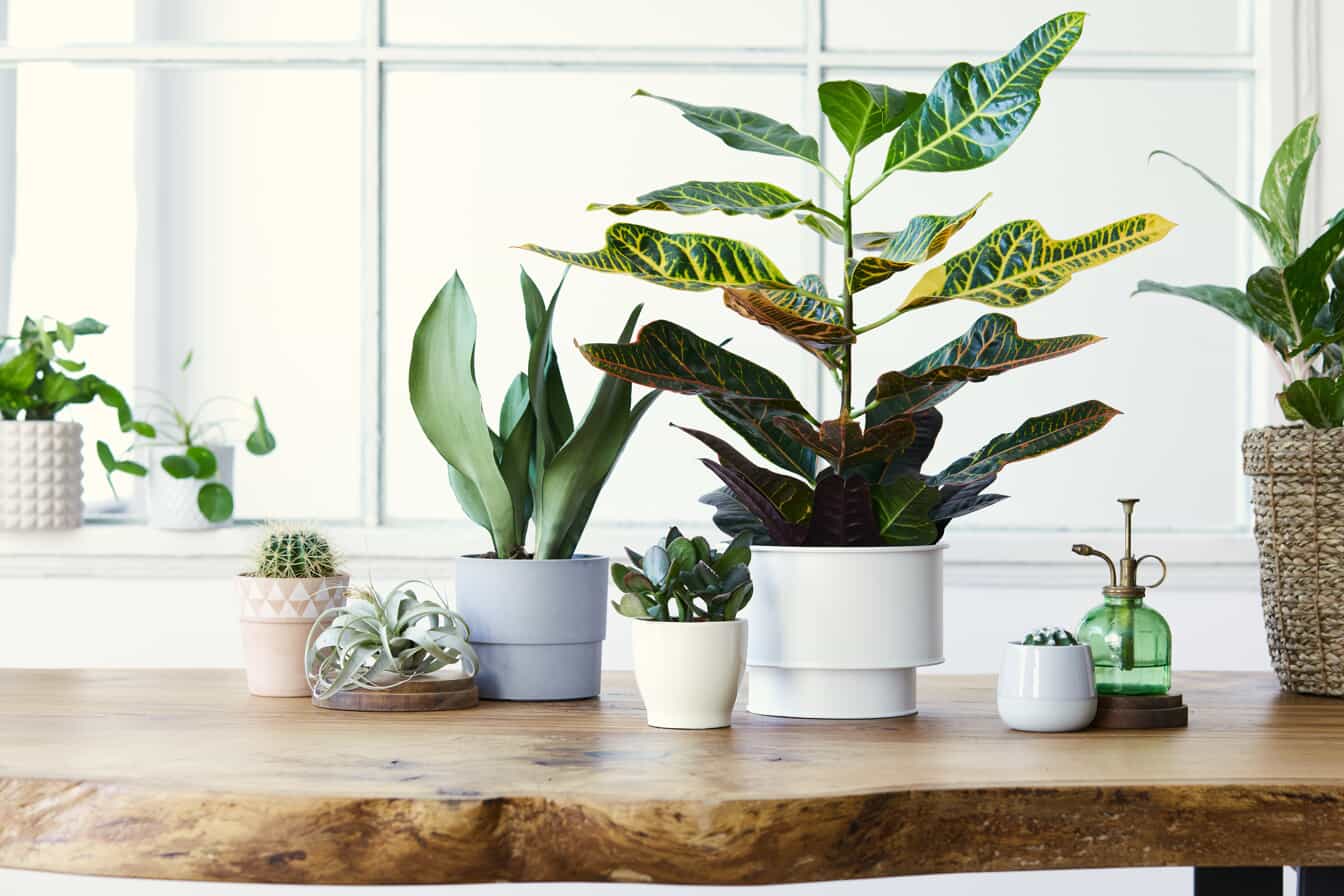How to Keep Your Yoga Mat Clean
There’s nothing like a great yoga session to clear your mind and calm your senses. When your yoga mat gets dirty, however, it may be harder to move into child’s pose without worrying about all the germs, odors, and oils left behind on your mat.
That’s why it’s important to take the time to clean your yoga mat and equipment regularly. At Merry Maids®, our cleaning experts can also help you maintain your home workout area, ensuring that you always start your practice with a fresh outlook.
To help you keep your mat clean, we’ve compiled a few tips that will fight grime and build-up!
Daily Cleaning Tips for Your Yoga Equipment
Whether you’re a seasoned yogi or not, it’s important to get into the habit of wiping down your mat right after every practice – especially after you’ve sweated through hot yoga or a challenging vinyasa flow. For many mat types, you should use a soft cloth rather than a Lysol wipe. The harsh chemicals in Lysol can damage the surface of porous mats, and you may end up absorbing the chemicals during your next savasana.
You should also avoid getting your mat wet on a daily basis, especially if you’re going to roll it up into a commuter bag or strap afterwards. As a general rule, leave yoga mats out to air dry whenever they become moist, or you may risk unwanted mildew and bacterial growth.
Deep Cleaning Your Mat
While your cleaning needs will depend on how often you practice yoga, active yoga practitioners should deep clean their mats at least once a week. Yoga mats also come in all kinds of materials and styles, which means you should always consult the manufacturer’s instructions before diving into a deep clean. Although polyvinyl chloride (PVC) plastic mats are considered the easiest to clean, some PVC variants also contain chemicals and plasticizers that are detrimental to the environment, which is why many sellers have now turned to eco-friendly alternatives.
Here are a few yoga mat cleaning solutions for common mat types:
- PVC: PVC mats are quite durable, so you can rinse them off in your tub or shower with mild dish soap and then lay them out to dry for 24 hours. You can also use antibacterial wipes to care for your PVC mat: Just double-check that your mat is “closed-cell,” meaning that it doesn’t have an absorbent polyurethane layer on top of the PVC. Check out the difference between closed- and open-cell yoga mats in this post from Jen Reviews.
- Natural rubber: Many yoga practitioners love natural rubber and rubber-hybrid mats for their eco-friendliness and cushioning support, as well as their durability (although those with latex allergies should avoid this material.) The yoga specialists at Hugger Mugger recommend gently cleaning rubber mats with a 1:20 solution of dish soap and lukewarm water, while JadeYoga recommends cleaning their popular rubber mats with a special plant-based mat wash.
- Cork: Eco-conscious yogis love cork mats for their biodegradability and lack of slip. This material is naturally anti-bacterial, but you should still clean it with cold water on a soft cloth. The specialists at Urbivore also recommend mixing small amounts of gentle soap or white vinegar with the cold water for a deeper clean.
How to Store Your Mat
Whether you practice at home or in a local yoga studio, it’s important to store your mat properly – after all, keeping it on the floor will leave it at the mercy of little paws and feet! Once air-dried, a clean yoga mat should be rolled up and placed in a cool, dry area. For daily storage, it’s a good idea to invest in a mounted yoga mat rack or shelf where it will be undisturbed.
Want more cleaning tips from our experts at Merry Maids®? Read our recent article on how to clean home gym equipment.

.2001170809550.jpg)












